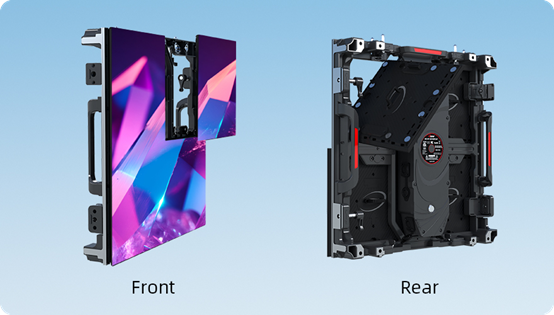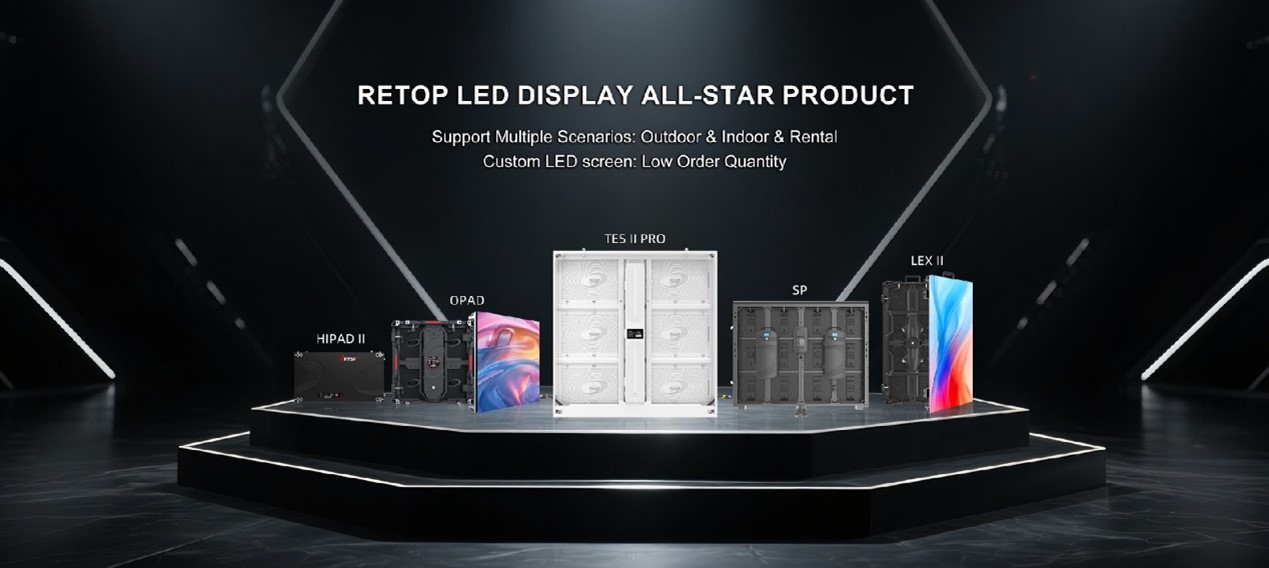Whether
it’s a large LED video wall at an outdoor event or a flexible LED display
screen in a store window, overheating is a common issue, and one that shouldn't
be ignored.
In this
blog, we’ll break down why LED screens get hot, the risks involved, and most
importantly, what you can do to keep your display cool and running smoothly
during the summer heat.
Whether you're managing digital signage for a business or installing large video walls for events, these practical tips can help you avoid costly downtime and maintenance. Let’s dive in.
LED display screens, whether it's a flexible LED display screen wrapped around a column or a large LED video wall on a building, naturally generate heat during operation. While this is expected, it’s crucial to understand the sources of this heat to prevent performance issues or long-term damage. Let’s take a closer look at what’s going on behind the screen.
LEDs convert electrical energy into light, but not all energy becomes visible brightness, some of it turns into heat.
The more powerful and high-brightness your display is, the more heat it produces. This is a bigger issue for outdoor or high-resolution LED screens, which operate for long hours and at high intensities, especially in direct sunlight.
Heat doesn’t just affect the surface, it places stress on the most critical parts of your LED display screen.
In short, these internal stresses reduce both the performance and reliability of your LED display, especially in summer when environmental temperatures add fuel to the fire. That’s why monitoring and managing heat is business-critical.

This summer’s temperature is said to break the record high, if you want to minimize the business loss caused by major maintenance or failed showcase, try the following measure:
Good ventilation is your first line of defense. Make sure there’s enough space around the screen, especially at the back, for hot air to escape and cool air to circulate.
If the screen is installed against a wall or in a tight enclosure, use fans or louvers to improve airflow and avoid heat buildup.
For larger or high-power LED displays, passive ventilation may not be enough. In these cases, active cooling systems like axial fans, heat sinks, or air conditioners are critical.
Make sure all cooling equipment is regularly inspected, dust-free, and running efficiently—clogged vents or broken fans can quickly lead to thermal failure.
External heat sources such as direct sunlight or nearby industrial machinery can intensify the thermal load.
If possible, install sunshades, adjust screen brightness based on ambient light, or schedule usage during cooler hours of the day. Also, make sure the screen is protected from moisture, dust, and insects—all of which can worsen overheating or damage internal components.

Overheating is a serious risk to the performance and lifespan of your LED display screen, whether it’s a flexible installation or a high-impact LED video wall. From internal heat buildup to environmental stress, the challenges are real, but with the right care, they’re absolutely manageable.
That’s where Retop LED display solutions come in. Designed with modular panels, Retop screens allow for quick inspections, easy access, and tool-free maintenance, saving you valuable time and labor. Plus, with energy-efficient components and smart heat dissipation designs, Retop displays stay cooler and consume less power—even during long summer days.
In a season where heat can make or break your display performance, it pays to invest in a solution that’s built for resilience. Contact us, we know your needs.
I consent to receive emails about news, marketing&product updates from Retop in accordance with the Retop Privacy Policy